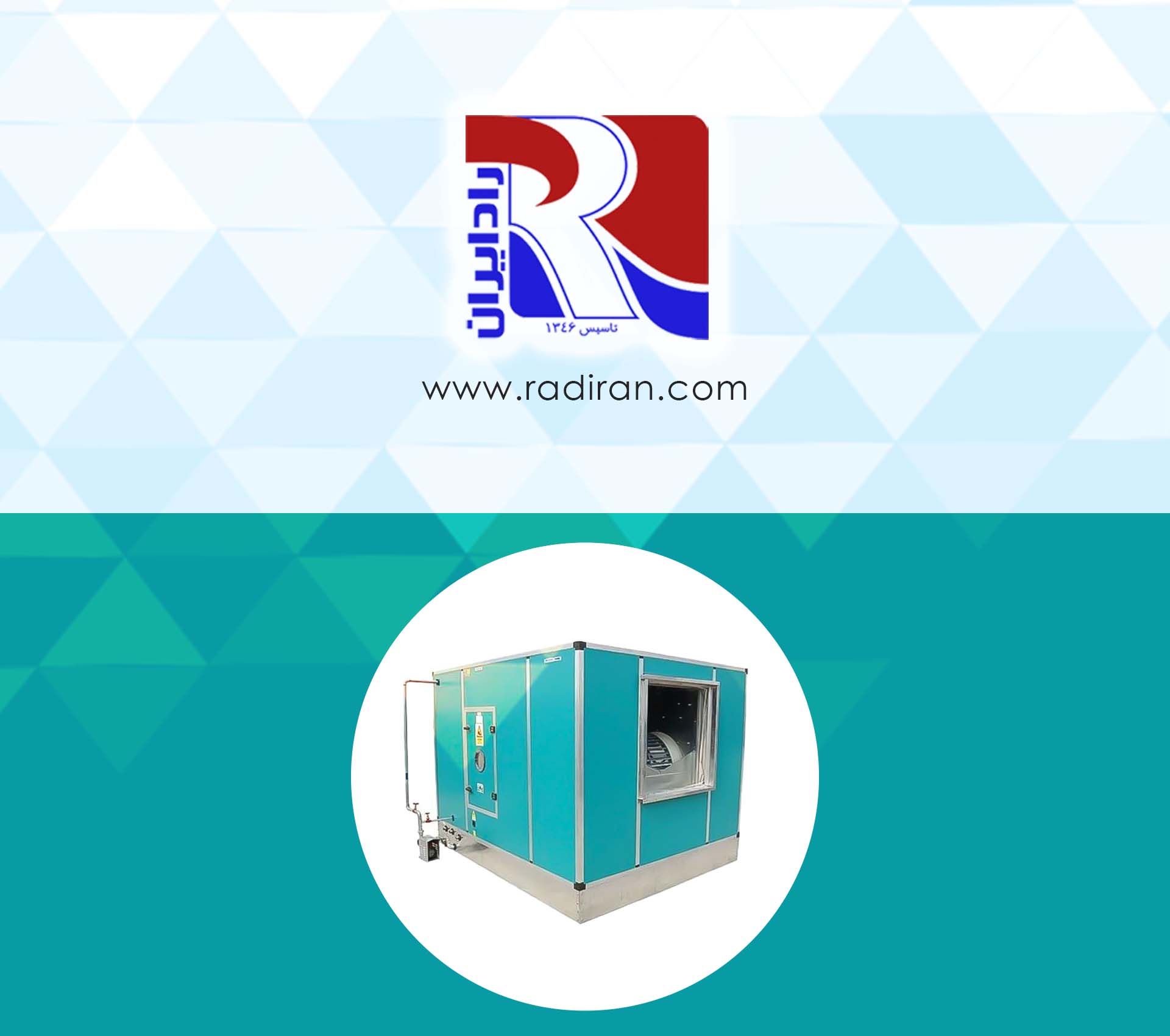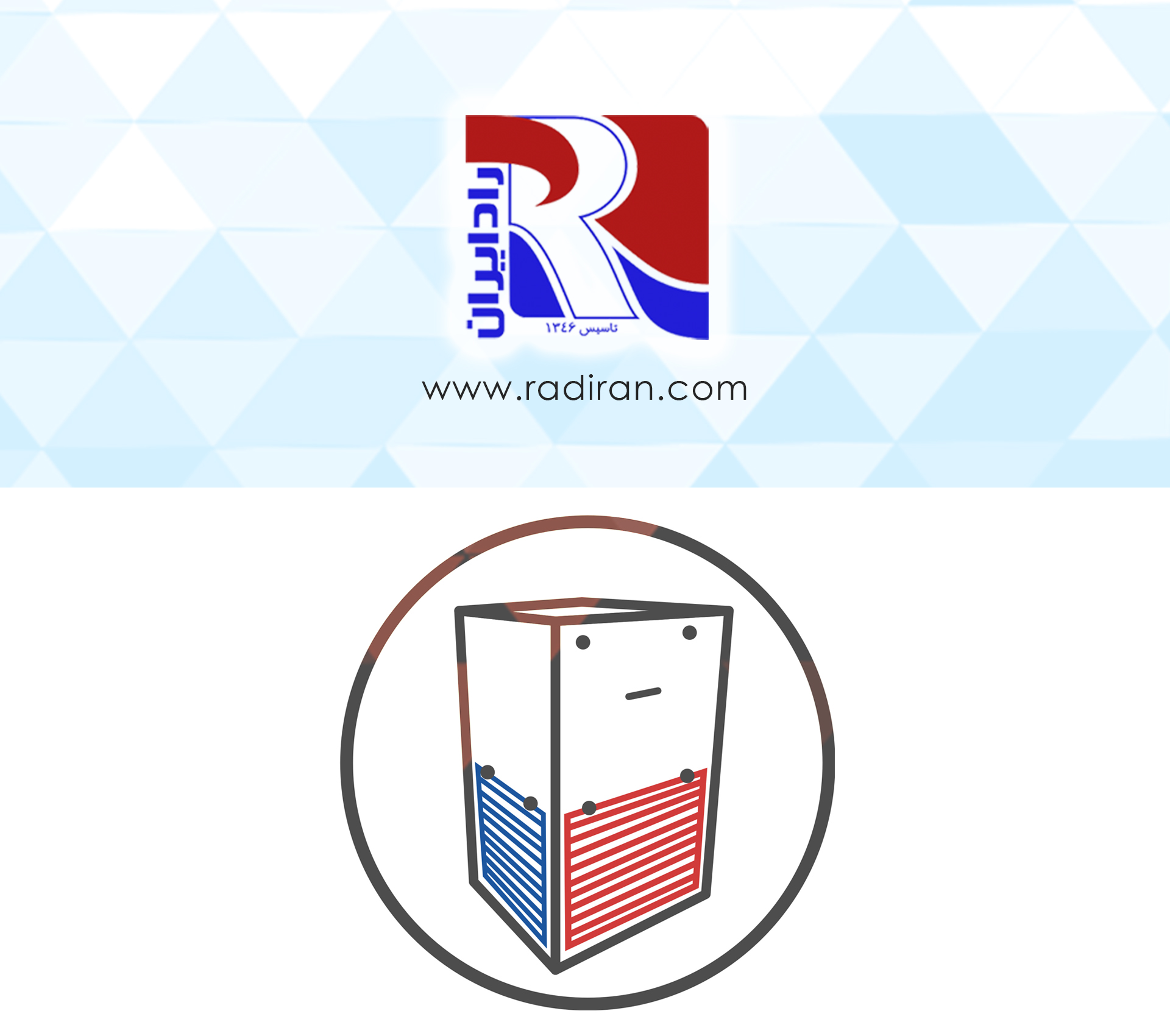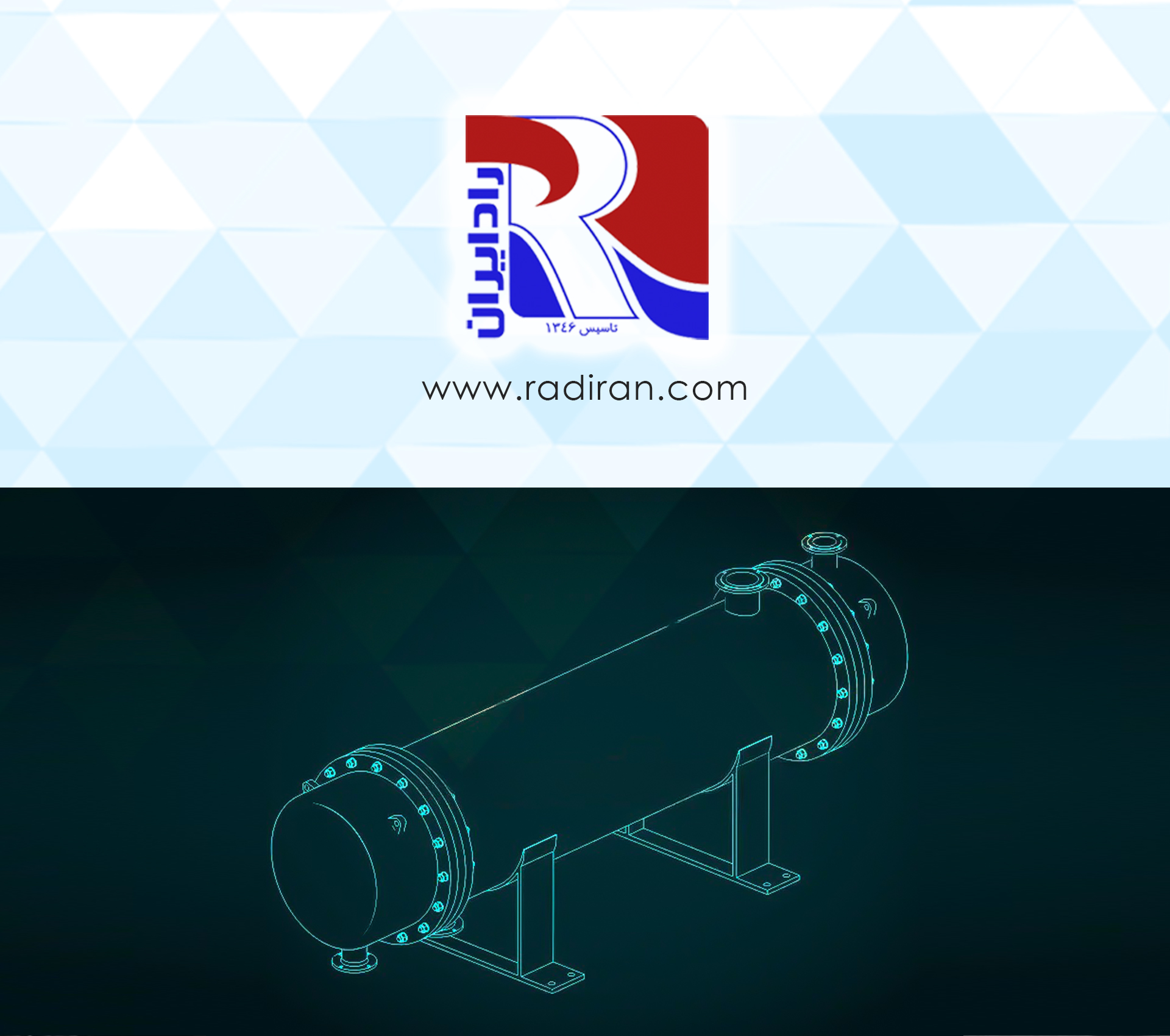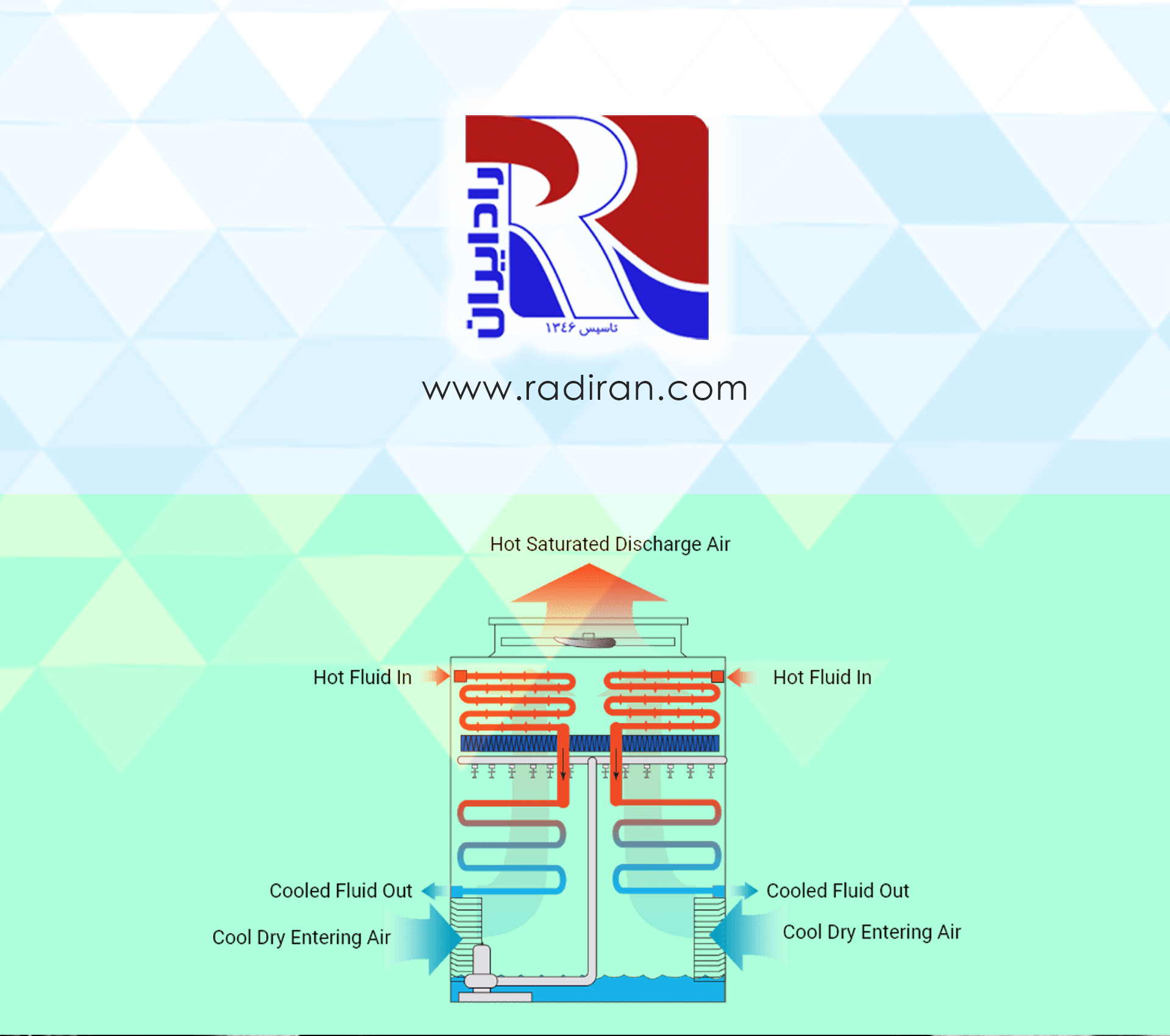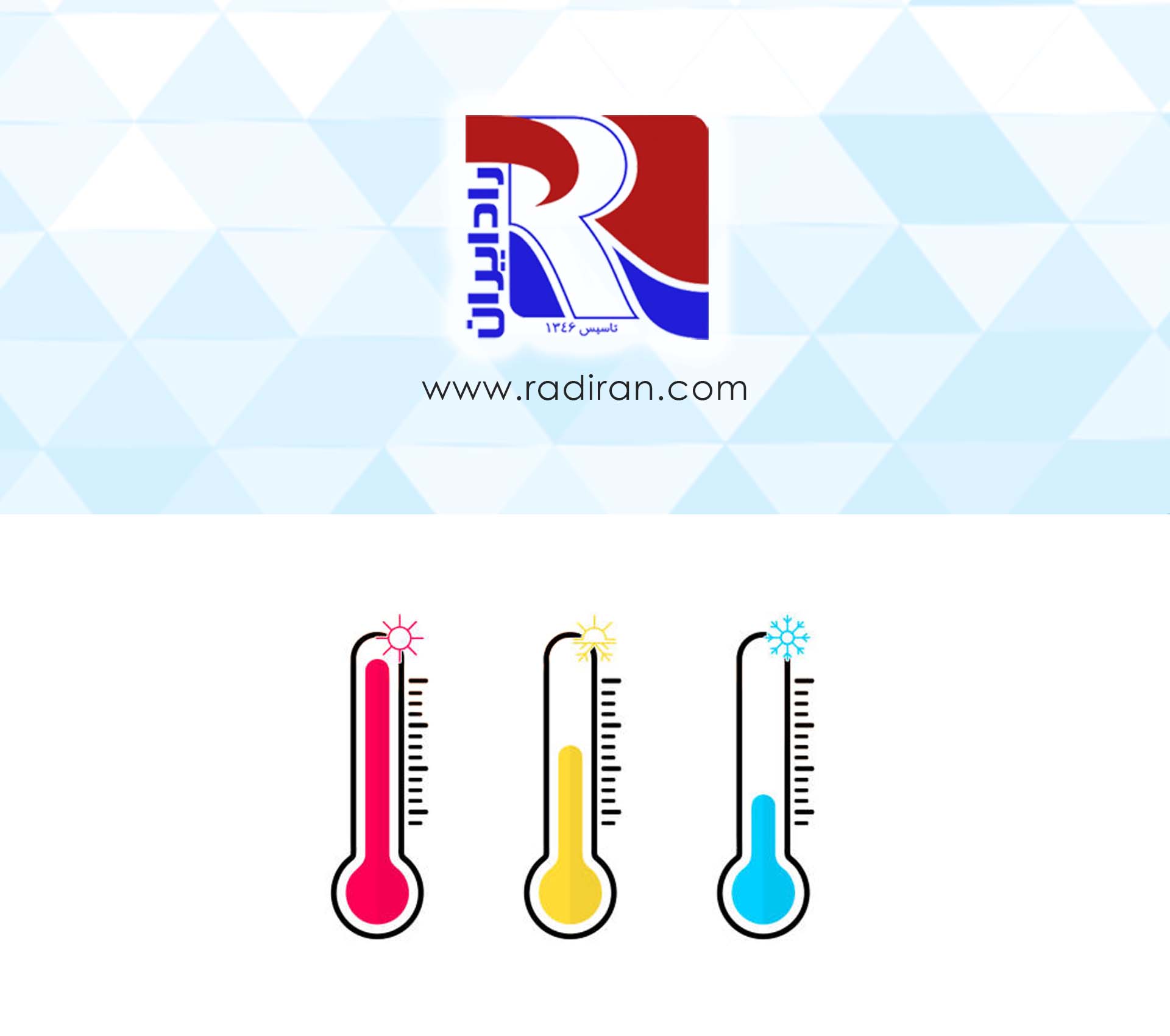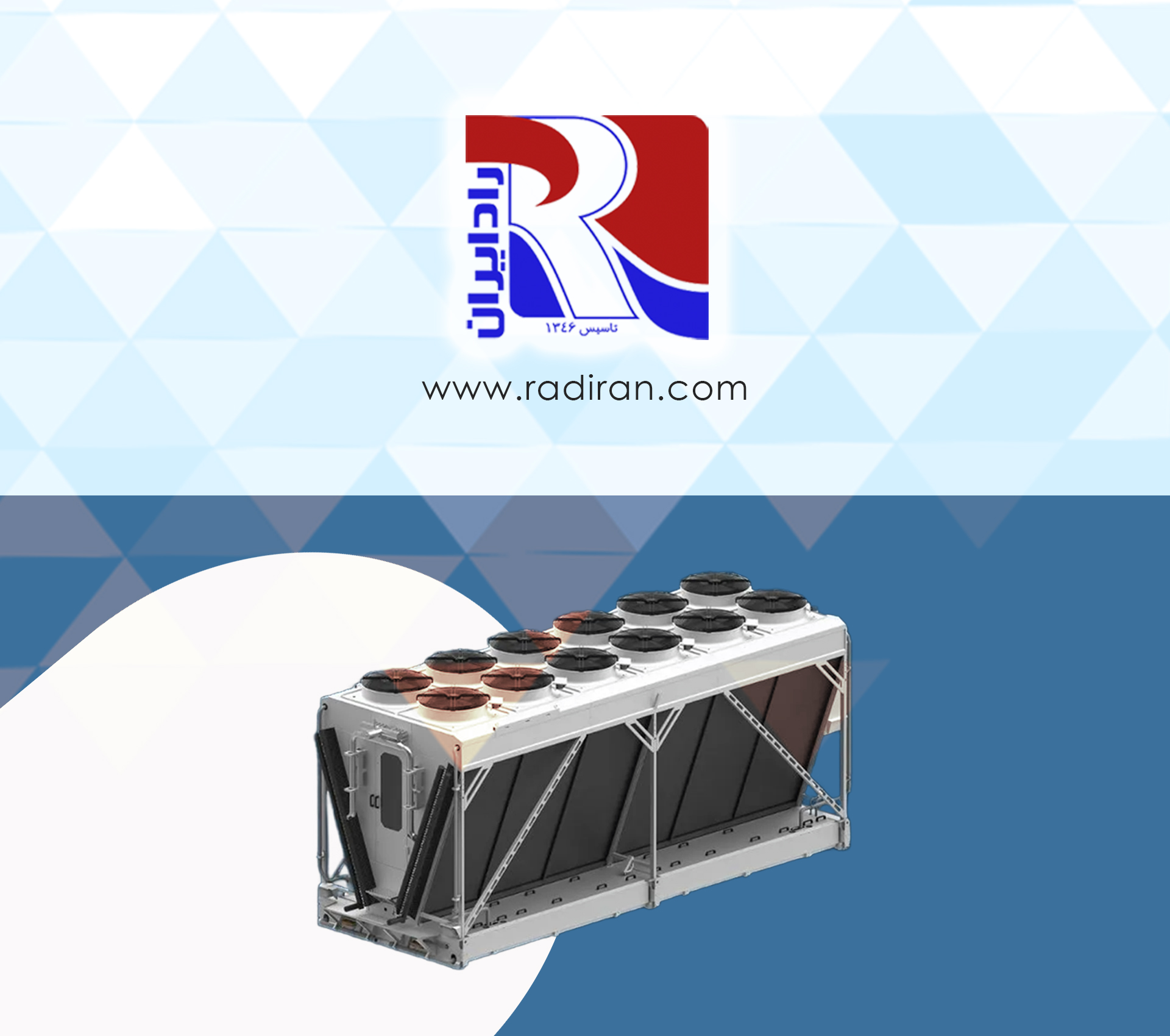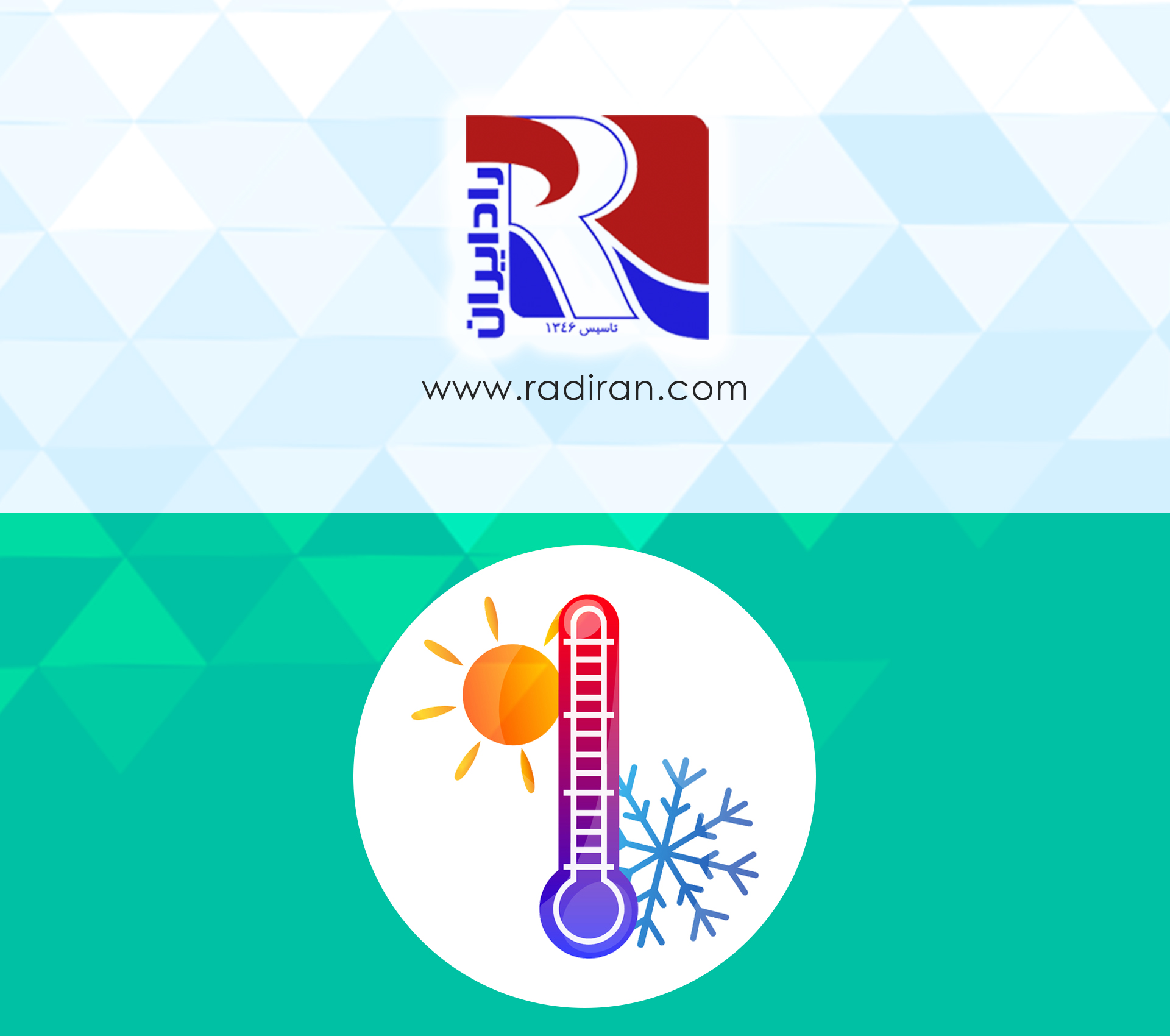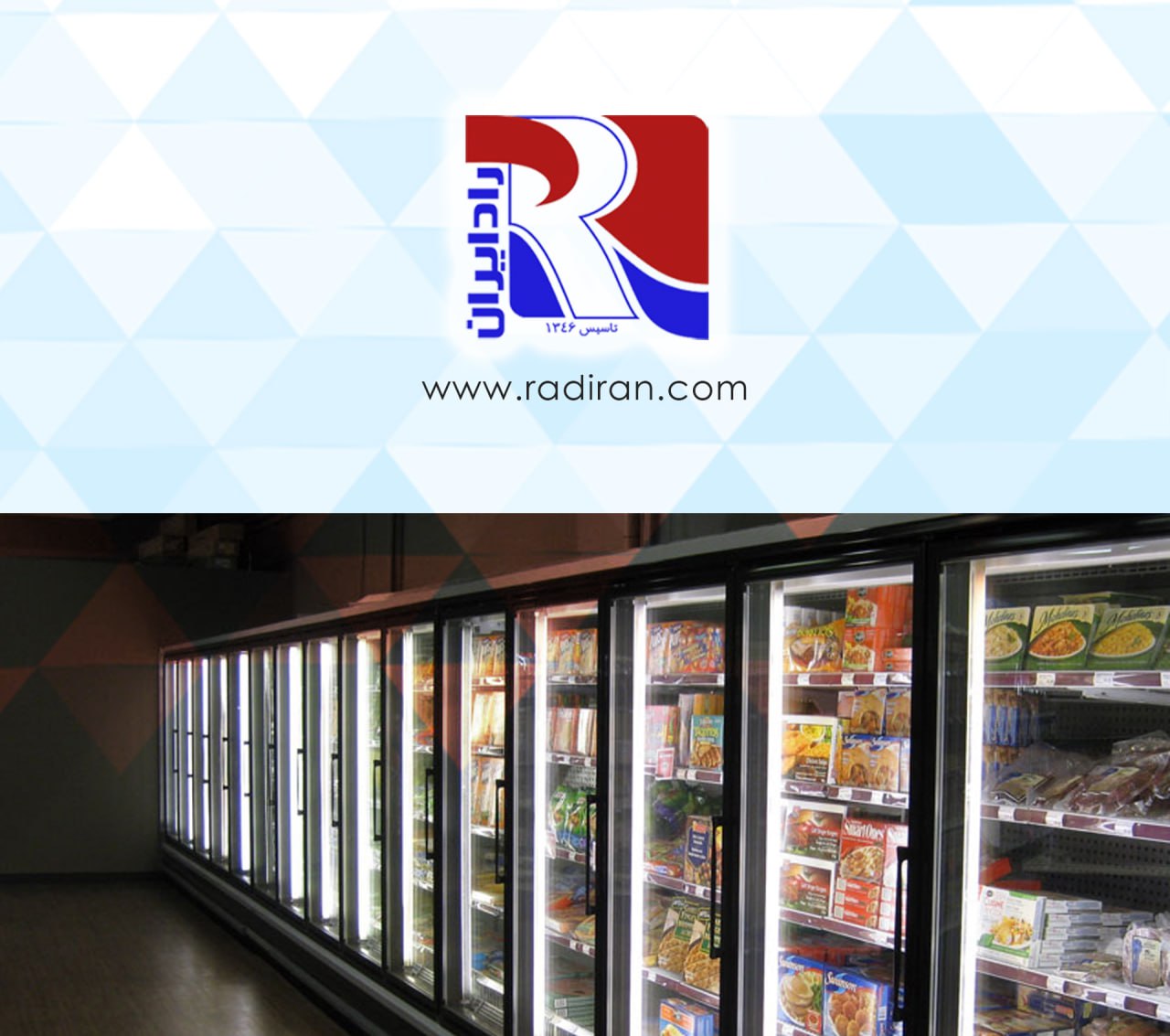Air Washer in Industrial Warehouse HVAC: An Effective Cooling Solution
In industrial environments such as warehouses, HVAC (heating, ventilation, and air conditioning) plays a crucial role in maintaining a comfortable and safe working atmosphere. Due to the large space and high volume of air circulation, conventional cooling systems can be inefficient and costly. In this context, the air washer emerges as a specialized and cost-effective solution for cooling and air cleaning in industrial warehouses. This article reviews the structure, operation, and benefits of air washers in cooling warehouse air. Structure and...

